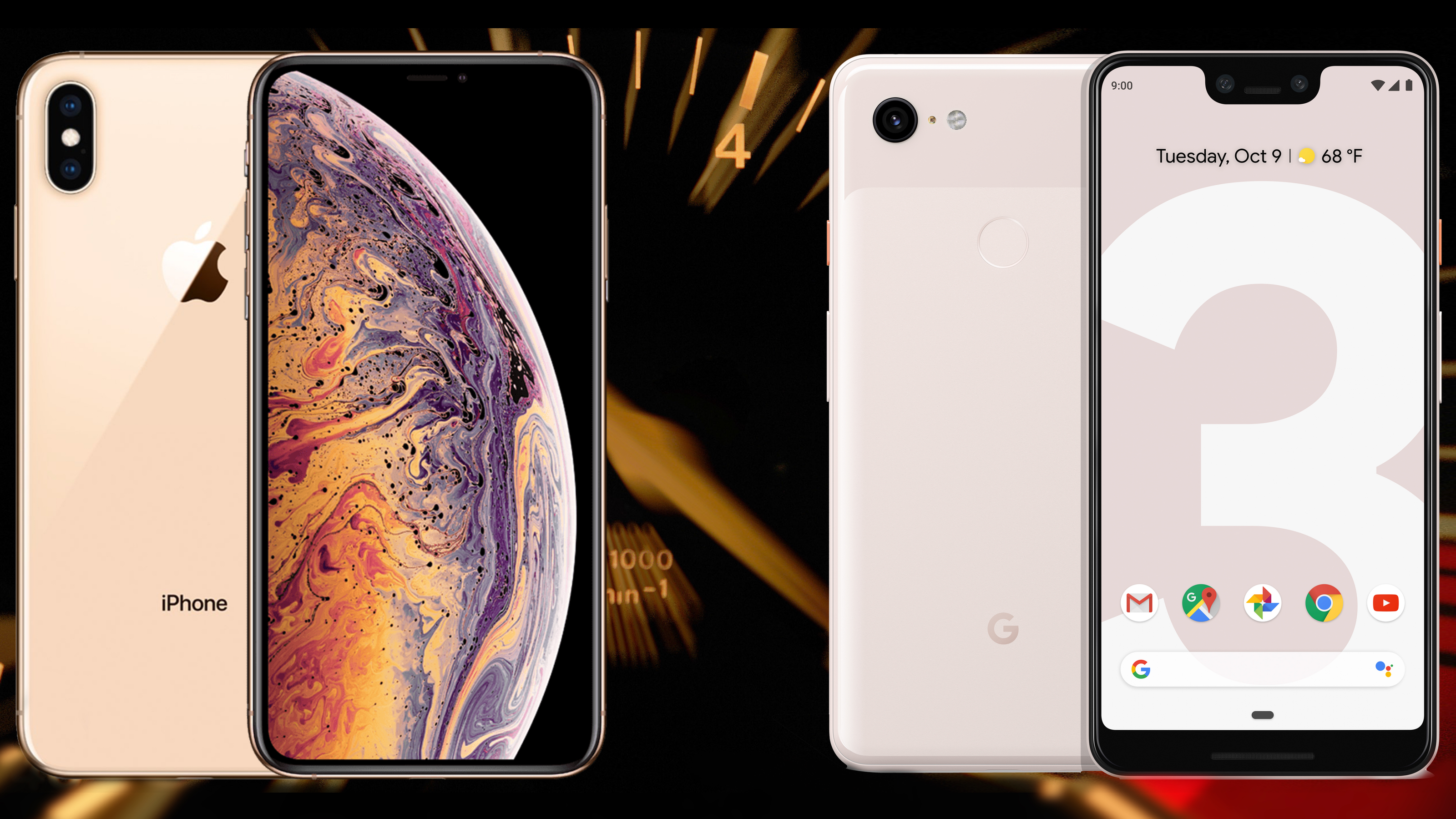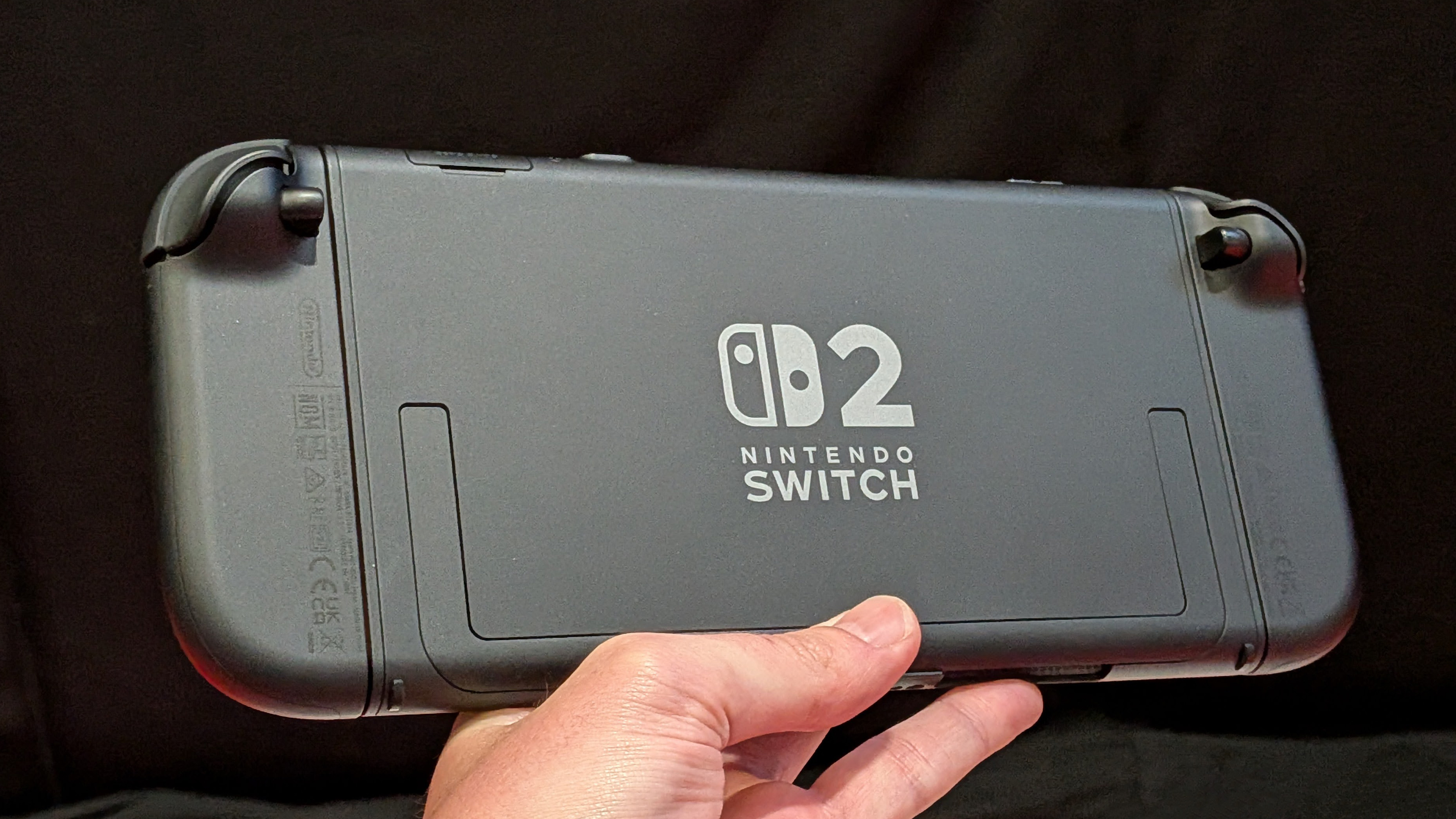

iPhone XS Max and Pixel 3 XL are the latest and greatest offerings from Apple and Google, respectively. Both handsets have notches at the top of the display, Portrait Mode-style photography tricks, and wireless charging support.
However, for all their similarities, there are some dramatic differences in performance between the Pixel 3 XL and iPhone XS Max, according to a new speed test that pits the flagship phones head-to-head for the first time.
On paper, Google Pixel 3 XL and Apple iPhone XS Max line-up well in terms of specs. Both handsets have 4GB of RAM, 64GB of storage in the entry-level model, similar display sizes and resolutions, and the newest versions of their respective mobile operating systems. But the Pixel 3 XL can't hold a candle to the latest iPhone when it comes to raw, unfettered performance.
YouTube channel PhoneBuff tested the Pixel 3 XL and iPhone XS Max with 16 separate apps. These represent a mixture of everyday and performance-intensive tasks – from opening a Starbucks to quickly pay for your morning caffeine boost, editing a selfie, or exporting a high-resolution video project.
It's no exaggeration to say the iPhone XS Max, which is powered by the Apple-designed A12 Bionic processor, smokes the Pixel 3 XL. T3 has watched countless of these side-by-side smartphone speed tests over the years, but nothing like this.
The £1,099 ($1,099) iPhone finishes the first round in 1:46.57, compared to the Pixel 3 XL, powered by Qualcomm's flagship SnapDragon 845, which finishes in 2:02.09.
That difference is pretty negligible, but the iPhone XS Max is only getting warmed up. Whereas, Apple's iOS operating system is able to keep fifteen of the sixteen applications in RAM – loading them instantly on the second round, Android is forced to relaunch the software anew from the fifth app. That slows things down alot.
Sign up to the T3 newsletter for smarter living straight to your inbox
Get all the latest news, reviews, deals and buying guides on gorgeous tech, home and active products from the T3 experts
Watch the full speed test video below:
At the end of the second round, iPhone XS Max has a time of 2:30.84, whereas the Pixel 3 XL staggers to the finish line at 3:35.29. That's more than a minute slower.
iOS and Android handle memory management very differently. While neither of these approaches is significantly better than the other, Android typically requires more RAM than its iOS counterpart. This is because available memory on iOS is handled by the apps themselves.
Instead of allowing apps to take up as much RAM as they need and freeing it when no longer in use, like on Android, iOS software automatically allocates and deallocates memory as needed.
As a result, most flagship Android handsets have much more RAM than their Apple-built counterparts for similar levels of performance.
However, Google has opted for 4GB of RAM with its Pixel 3 and Pixel 3 XL, which is paltry compared to the 6GB included in the Samsung Galaxy Note 9, and 8GB in the flagship Huawei Mate 20 Pro and OnePlus 6.
As a former Staff Writer for T3, Aaron writes about almost anything shiny and techie. When he’s not barking orders at Alexa-powered microwaves or gawping at 5G speed tests, Aaron covers everything from smartphones, tablets and laptops, to speakers, TVs and smart home gadgets. Prior to joining T3, Aaron worked at the Daily Express and and MailOnline.


